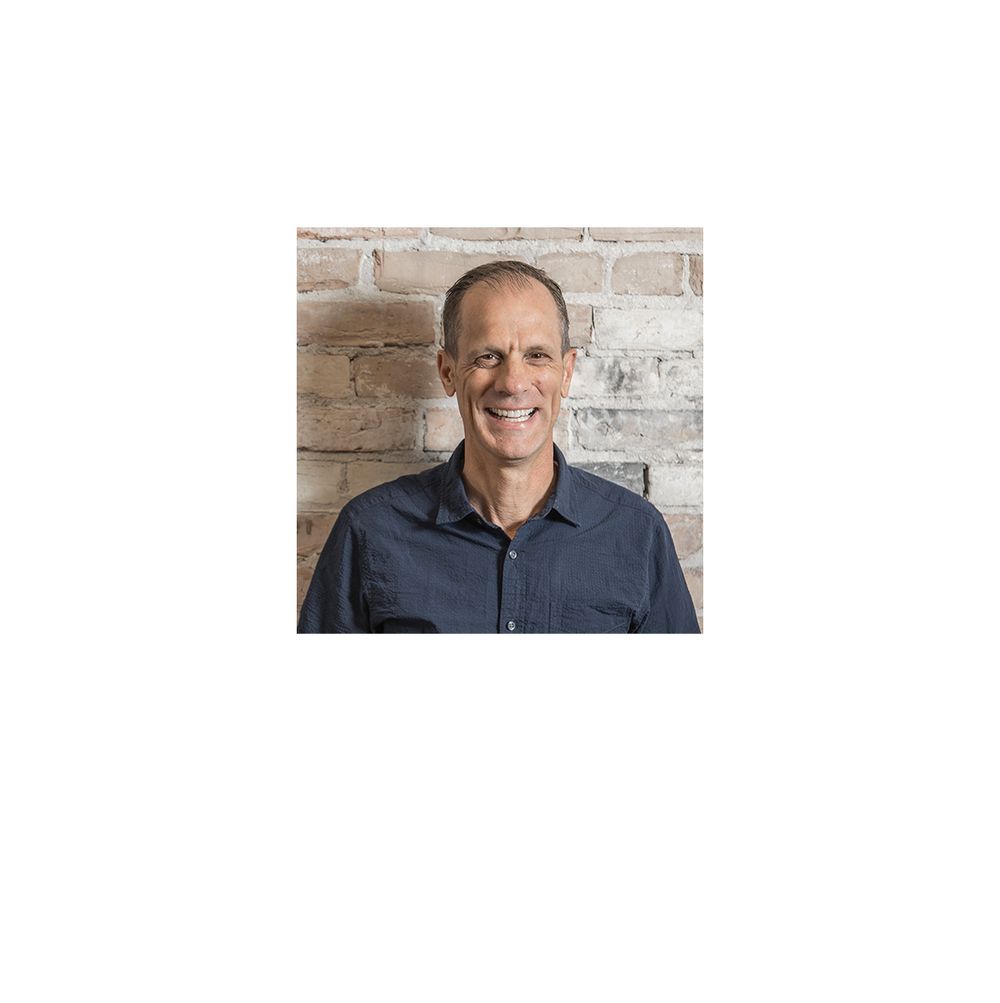This article was published in the Winter 2020 issue
by Verl Allen, CEO, Claravine
“Everything is hard before it is easy.” To be clear, Goethe, in today’s business climate, might better have said, “Everything is hard before it gets harder.”
No one ever said starting a business would be easy. And yet for us, getting initial funding was fairly painless. To be sure we might not have recognized it at the time, but in 2018, the process of raising our Seed Round was relatively smooth. Looking back, we would agree with Sam Altman when he tweeted, “...seed money is so easy to raise in the current environment that founders assume they can just raise more money whenever they want..."
Fast forward 20 months. We knew that it was time to start thinking about another raise. Despite the relative facility with which we secured our seed money, I am not sure if we would have used the word “easy” to describe our expectations around the raising of a Series A. We knew that we had to make a convincing case. We knew what the data said: 80% of seed-funded companies fail to raise a series A. Even under “normal” (pre-COVID) circumstances, raising our Series A was far from a slam dunk and there were a few things that were important to understand:
- We needed to achieve specific business metrics, such as Magic Number, CAC, and ARR Growth.
- We could not assume that just because we had VC’s paying attention to us that this was necessarily indicative of their true level of interest.
- We needed to realistically assess the size of the round that we could raise, knowing that it would be far easier to increase a round size than to decrease it.
- It was imperative that we research and find firms who understood our space, the problem we were trying to solve and who had a track record of working hard to help their startups succeed.
Despite the daunting task that lay ahead, as we rang in 2020, we had high hopes of getting started on our Series A. We had work to do and felt confident that we were well-positioned to give it a go. So we hit the road in mid-February with all the confidence in the world…. then COVID hit.
What followed was perhaps the hardest six months of my professional life. There was a lot that needed to happen for us to survive, let alone secure the necessary capital. We had good product/market fit, but we had to pivot from a cost perspective to reduce burn and get metrics more in line with investor expectations. This meant quickly making some hard decisions, including:
- Laying off 1/3 of the team in mid-March
- Adjusting our 2020 ARR forecast from 100%+ YoY growth at all cost, to responsible growth in the 50% range
- Shifting our GTM focus from new logos to upselling within our existing customer base
- Redirecting our focus to cash and customer preservation
- Reducing any and all expenses as much as possible (Even $50/month for a premium LinkedIn account mattered)
In addition to these quick changes to our operating model, we also had a number of other “miracles” that helped us. out as well. We were extremely fortunate that we received a PPP loan which provided us with the necessary runway to show financial results from the changes we quickly implemented. We had also recently undertaken a pricing analysis that allowed us to shift pricing from user licenses to use cases which resulted in new upsell opportunities and aligned our pricing more closely with customer value. Another miracle was the fact that we were able to get as much, if not more, work accomplished with a much smaller team. This is a testament to the talent density of our team, and the speed with which we aligned around the new operating strategies and a smaller set of the most impactful initiatives.
Between March and July, we tried meeting with as many venture firms as possible. We had over 100 meetings with prospective investors. Good meetings in March turned into a series of disappointments in April and May, as many of these firms stopped making new investments outside of those companies whose business had been accelerated by Covid and closing on term sheets they had signed prior to Covid.
I will spare you the gory details and fast forward to early September 2020 when we closed our Series A funding. My sanity is (relatively) intact, the sun is coming out on a regular basis again and I hear birds chirping metaphorically, so I am finally in a place to share with you some of the key factors that led to our Series A success:
- Every call with a prospective investor involved asking for a referral to another venture firm or investor. This really required me to be humble and not be afraid to solicit help, even from those who might not be interested in investing. Even a “no” from a VC usually resulted in at least one referral. It’s important to remember that VCs know other VCs and leveraging their contacts is a very good way of building a broader network of potential investors.
- We talked to everyone and never assumed they were a “no,” even when they were non-responsive or expressed concerns. One of the investors that came in through our Series A went silent for over two months after our initial conversations with them. It was not because they weren’t interested; rather they were actively working to close a new fund during Covid (something I didn’t know at the time). They eventually closed their fund and quickly re-engaged. In the end, they became instrumental in helping to close the funding round.
- I relied heavily on the input and network of our existing investors. They became a “Coalition of the Willing”. They were always supportive and willing to lean in wherever possible. Many times it was a call late on a Friday afternoon to do a “mental health” check-in. This was not your standard raise where the lead takes as much as they can and the current investors are left wanting more. It required a coordinated effort by all parties that involved alignment and support from both our existing and new investors.
- We highlighted our strongest metrics and made sure we had a plan to address those metrics that needed improvement. We had very strong retention and amazing customers, including many of the largest global brands. This great customer list and our very strong retention metrics helped to make up for the fact that some of our new customer acquisition metrics were lagging where investors wanted to see them.
- We had great customer success examples to provide investors with proof points that our product was delivering value to customers. One story I loved to share with investors that highlighted our product/market fit, was the signing of renewal contracts with three of our major travel and hospitality customers after March 25th (in the middle of the pandemic). One of these customers is a major cruise line that had temporarily halted operations but wanted to ensure use of our solution.
- The strength of our team instilled confidence with investors, and I believe was a key differentiator between Claravine and other companies in the market raising capital at this same time. It is important as a CEO to make sure you build a strong team early and to not be afraid to show them off. My team participated in nearly every VC pitch we did.
- We adjusted our business and narrative to match the new Covid operating environment. This required us to cut cash burn to provide ourselves with the time necessary to deliver operating results.
- We focused on a vision that investors were able to get behind and support, and also one that our team believed in as well. Even when things seemed bleak early last summer, it provided our team with a belief that we would succeed. I believe this was a large part of why we didn’t lose a single employee in the five months leading up to the close of the funding round.
- Who you sell into and how you position your startup matters. We had to evolve from digital analytics to a more expansive data management use case to succeed. This evolution in positioning led to increased customer adoption and value realization, which has enabled us to charge more for our solution.
So what advice can I offer others based on my experience?
- Pre-existing relationships matter, so always be fundraising and telling your story. Don’t underestimate the value of the network you have built over your career and always focus on building real, not transactional, relationships. People matter!
- Industry experience matters. Finding investors with prior experience in your industry makes it easier for them to understand the problem and opportunity.
- Customer references are a great way for investors to source third-party validation of your company. Make sure your customers are successful using your product and willing to give great references. This includes direct customers and partners. Having strong partners at this stage can also be a big differentiator.
- Fundraising isn’t guaranteed, so always watch your key metrics. Figure these out as quickly as possible after closing your Seed Round.
- Burn matters. Slowing down burn provides you time to figure out how to solve issues you have in the business that may become concerns when you go to raise your next round of funding. It also expands the pool of potential investors.
- You are not penalized for making product investments, so prioritize it! Figuring out product/market fit early makes your GTM that much easier.
- Figure out your pricing model early and build your product around your pricing structure.
- The deal isn’t done until the money hits your bank account. Stay focused, and don’t freak out if curve balls come at you last minute. If they do, trust your team (employees, investors, advisors) to help you get through it. And don’t forget that the new investors also want to see you succeed.
Raising venture capital is not for the faint of heart. Nothing about this experience has been painless. And yet the contents of this article spilled out of me with all the ease of a flowing river. Something about the struggle of this past couple of years seems to have taught me something. Maybe Goethe was right. “Everything is hard before it is easy.”
Take Our Survey
Hi! The Silicon Slopes team is interested in your feedback. We are asking for a couple minutes to quickly provide feedback on our Silicon Slopes quarterly magazine publication. Click HERE and share your thoughts with us. Your responses will help us improve. Thanks!
*Read the latest issue of Silicon Slopes Magazine, Winter 2020


